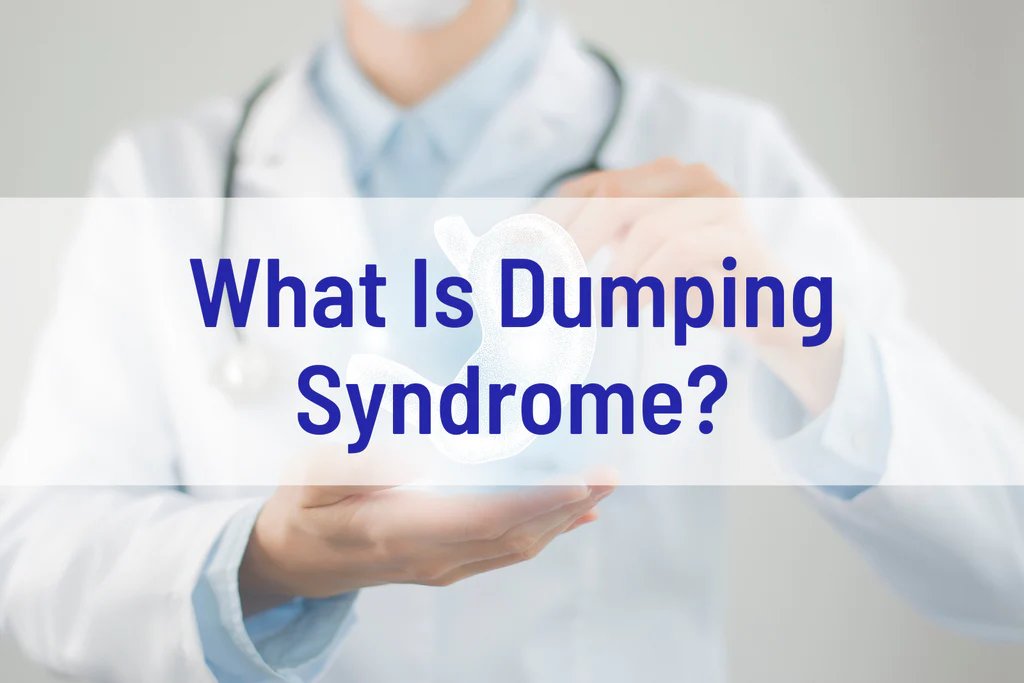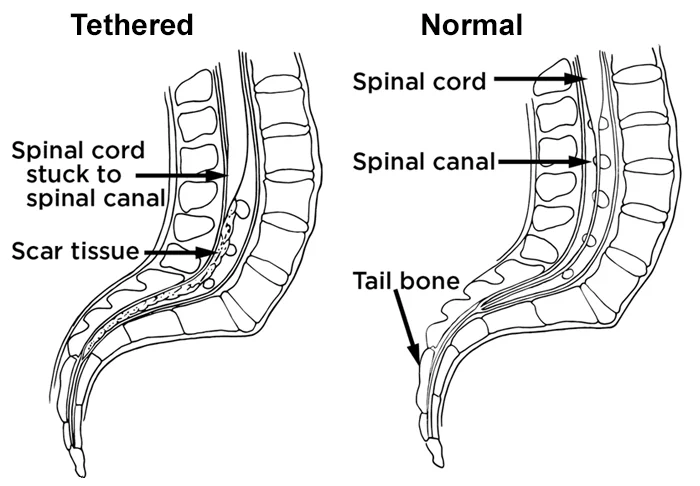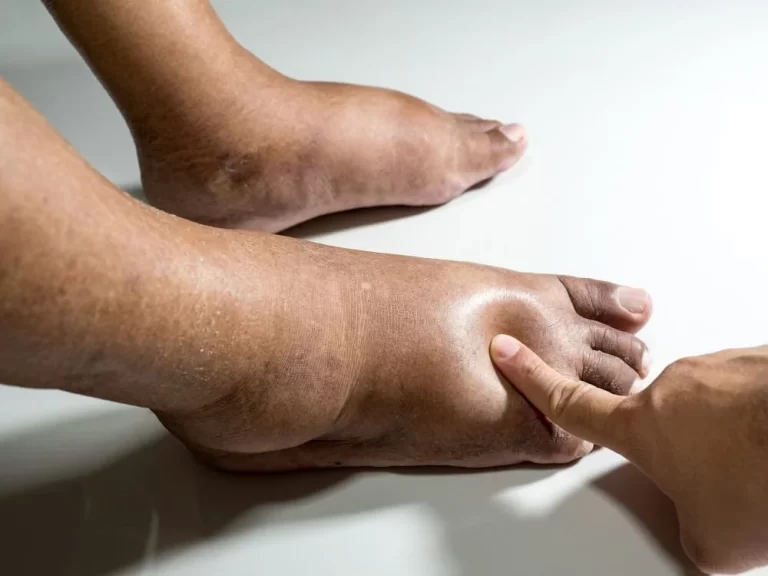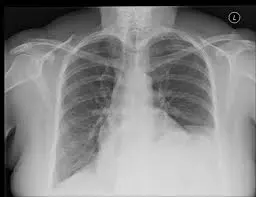Dumping Syndrome
Table of Contents
Definition
Dumping syndrome is a condition that happens when the stomach empties its contents too quickly into the small intestine. It is generally connected with gastric surgery. Quick gastric emptying causes huge amounts of undigested food to flood the small intestine. A person can feel nausea, abdominal cramping, and blood sugar reactions.
What is Dumping syndrome?
- Dumping syndrome is a medical condition in which the stomach empties its contents into the small intestine more quickly than it should.
- It is also known as quick gastric emptying. When the stomach empties too quickly, the small intestine obtains uncomfortably huge amounts of poorly digested food.
- This may cause symptoms of nausea, bloating, abdominal cramps, and diarrhea.
- It may also cause sudden blood sugar changes.
What occurs in Dumping syndrome?
- The stomach generally releases digestive contents into the small intestine in a slow, controlled manner.
- The way the stomach moves food along through the digestive process is sometimes known as “gastric motility.”
- Too many things are included in gastric motility: muscles, nerves, and hormone signals coordinate together to tell the stomach how and when to empty.
- If any of these things are damaged, it can throw this coordination off.
- Uncontrolled gastric emptying means that the valve at the bottom of the stomach, the pyloric valve, simply opens and dumps everything out, before the stomach, has finished digesting.
- When the small intestine receives this mass of under-digested food, it makes an adaptation to try and accommodate it.
- It is lost in extra fluid volume and also releases extra hormones.
- These adjustments cause the symptoms that individuals experience shortly after eating.
- Some individuals experience another set of symptoms some hours later.
- This occurs because of blood sugar changes. If the small intestine receives a concentrated serving of sugar content, it can set off alarms in the digestive system.
- The small intestine can signal the pancreas to release extra insulin to regulate blood sugar.
- This may cause the blood sugar to drop sharply (reactive hypoglycemia).
- This drop may cause faintness, shakiness, and heart palpitations.
Who gets Dumping syndrome?
- Dumping syndrome most generally occurs as a complication of surgery on the stomach, or on the esophagus where it joins to the stomach.
- An estimated 20% to 50% of individuals who have had stomach surgery develop some symptoms of dumping syndrome.
- It is most usual in individuals who have had surgeries that remove or bypass large portions of the stomach, like gastrectomy or gastric bypass surgery.
- Typically, it may also happen with particular gastrointestinal diseases.
Is dumping syndrome serious?
- Under usual circumstances, dumping syndrome is not dangerous or life-threatening.
- A severe case can cause quick weight loss and nutritional deficiencies.
- Determined, unmanaged diarrhea can cause dehydration, but these complications can generally be managed or prevented with self-care.
- Most individuals have mild symptoms that ease over time.
- Dumping syndrome is not generally permanent.
Symptoms of Dumping Syndrome
Dumping syndrome has 2 phases, each with its own set of symptoms. A person can experience one or both phases. Early dumping syndrome symptoms happen within 20 to 30 minutes after a person has finished eating. A person can
experience:
- Nausea
- Vomiting
- Diarrhea
- Abdominal pain and cramping
- A distended abdomen
- Feeling bloated
- Dizzy spells
- Heart rate accelerations
Late dumping syndrome starts to sign about 2 to 3 hours after a person has finished eating. A person can experience:
- Weakness
- Fatigue
- Jitters or shakiness
- Rapid or irregular heartbeat
- Cold sweats
- Face flushing
- Brain fog.
- Hunger.
What causes Dumping syndrome?
Surgical cause involve:
- Gastrectomy, Surgery to detach part or all of the stomach.
- Bariatric surgery for weight loss, like gastric bypass.
- Pyloroplasty- An operation on the pyloric valve at the bottom of the stomach.
- Esophagectomy- Surgery to detach part or all of the esophagus.
- Vagotomy- Surgery to cut the vagus nerve in the stomach to decrease stomach acid.
- Nissen fundoplication- Surgery to sew the top of the stomach nearby the esophagus.
Disease-related causes involve:
- Diabetes mellitus.
- Exocrine pancreatic insufficiency
- Duodenal ulcers
- Zollinger-Ellison syndrome
- Functional dyspepsia
- Cannabis hyperemesis syndrome.
Diagnosis
If a person has a history of gastric surgery, even if it was years ago, the doctor can be able to diagnose dumping syndrome based on the symptoms alone. They can give you a self-assessment questionnaire known as the Dumping Symptom Rating Scale that scores the symptoms to determine how severe they are. They can also want to run tests to confirm the diagnosis or to rule out other possible causes of the symptoms. This is specifically necessary if a person does not have a history of gastric surgery.
Tests to diagnose dumping syndrome involve:
Oral glucose tolerance test
- This test measures the blood sugar prior to and after a person drinks a glucose solution.
- It also measures the hematocrit (red blood cell count).
- An increment in hematocrit after a person drinks the glucose indicates huge volumes of fluids moving from the bloodstream into the intestines.
- A drop in blood sugar 1 to 3 hours afterward suggests late dumping syndrome.
Hydrogen breath test
- This test measures hydrogen levels in the breath after a person drinks a glucose solution.
- A positive breath test for hydrogen indicates that the glucose was not well-absorbed in the small intestine.
- his suggests that the small intestine was too overloaded.
Upper endoscopy
- This test examines the inside of the esophagus, stomach, and duodenum with an endoscope, a thin, flexible tube with a lighted camera attached.
- It may help find structural problems and other possible causes of the symptoms.
Upper GI series
- This imaging test permit doctor to watch a fluid contrast solution travel through the esophagus, stomach, and upper small intestine (duodenum).
- After a person drinks the solution, a technician takes a series of video X-rays (known as fluoroscopy).
- The series will show how quickly the solution travels.
Gastric emptying test
- This test measures how fast food moves through the stomach by adding a trace amount of radioactive material to the meal.
- The doctor will be able to watch the meal progress through the stomach on a special type of scanner.
Treatment of Dumping Syndrome
Most individuals may successfully manage dumping syndrome with dietary changes. When severe symptoms do not respond to diet, medication can be an option. But medications may have side effects and are not ideal for long-term use. Infrequently, when dumping syndrome results from surgery, and when all other treatments have failed, the doctor might recommend another surgery to fix the problem.
Dietary guidelines
The doctor suggests following these general guidelines to decrease symptoms:
- Eat smaller meals more often. The goal for 6 small meals instead of 3.
- Eat slowly and chew thoroughly.
- Avoid simple sugars, carbohydrates, and milk products.
- This will prevent rapid blood sugar shifts. Complex carbs, like whole grains, are better (see below).
- Eat extra protein and healthy fats to replace carbohydrates in your diet.
- Fats slow down digestion and give a steadier form of energy.
- Eat extra dietary fiber to add bulk to the meal and decrease its transit time.
- Fiber decreases sugar absorption in the digestive system.
- Lie down on the back for thirty minutes after eating.
- This may slow down gastric emptying and help control blood pressure during digestion.
- Do not drink fluids within thirty minutes before or after eating. Fluids encourage motility.
Medications
Few medications may help modify the symptoms of prior and late dumping syndrome, involving:
Octreotide acetate
- Octreotide inhibits a few hormones in the digestive system, which decrease gastric emptying and small intestinal transit time.
- It also vanquishes insulin.
- This medicine is provided as an injection, either daily (short-acting form) or monthly (long-acting form).
Acarbose
- This medicine regulates blood sugar by decreasing the rate at which the body absorbs carbohydrates.
- This has been shown to decrease hypoglycemia in late dumping syndrome.
Surgery
- Surgery is infrequently suggested for dumping syndrome.
- But if surgery was the original cause of the distress, surgery again might undo it.
- When nothing else has helped and dumping syndrome is severely affecting the quality of life, a person may choose to undergo reconstructive surgery.
- This generally means:
- Reconstructing or modifying a part of your stomach that is not functioning well.
- Reversing or converting gastric bypass operations to a less severe alternative.
Complications
Dumping syndrome is a usual complication of gastric surgeries. Other complications that can arise with dumping syndrome, and as a result of surgery, involve:
- Problems with nutrient absorption
- Anemia, because of a lack of vitamin B-12, folic acid, or iron
- Osteoporosis, or weak bones, is caused by problems with calcium absorption.
FAQ
An estimated 20% to 50% of individuals who have had stomach surgery create some symptoms of dumping syndrome. It is most usual in individuals who have had surgeries that remove or bypass large portions of the stomach, like gastrectomy or gastric bypass surgery.
High-fat foods may also cause dumping syndrome in some individuals. Early dumping symptoms happen when concentrated sugared foods (like hard candy, most cakes, cookies, soda, juice, and table sugar) pass too fast from the stomach into the intestine.
Eat a source of protein at every meal. Poultry, red meat, fish, eggs, tofu, nuts, milk, yogurt, cheese, and peanut butter are great choices. Avoid processed meats, like hot dogs and bologna that contain sugar, starches, and other fillers.
Prokinetic medications are drugs that promote gastric emptying and are a necessary part of managing gastroparesis. 2 commonly utilized medications are Erythromycin: This medicine induces forceful contractions, stimulating gastric emptying of both solid and liquid foods.
There are 2 types of dumping syndrome: early and late. Early dumping happens ten to thirty minutes after a meal. Late dumping takes place one to three hours after eating. Each has slightly different symptoms.







